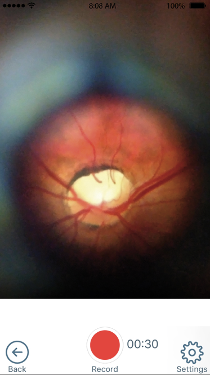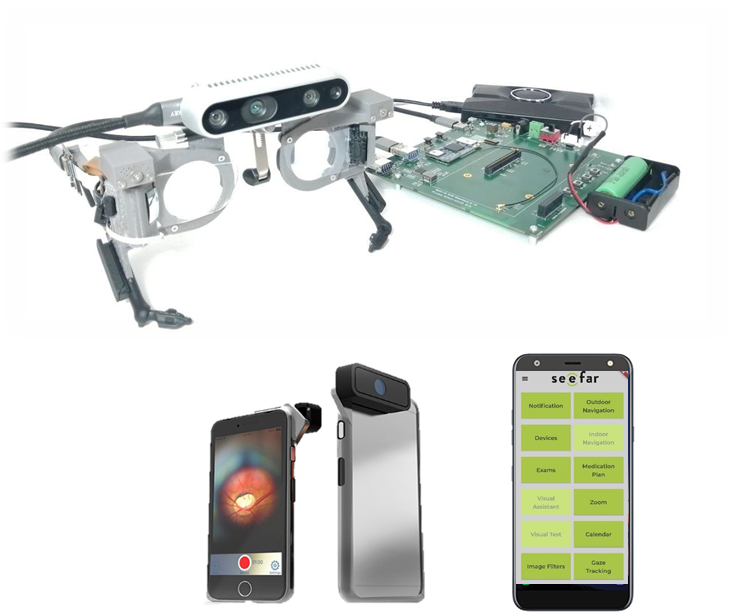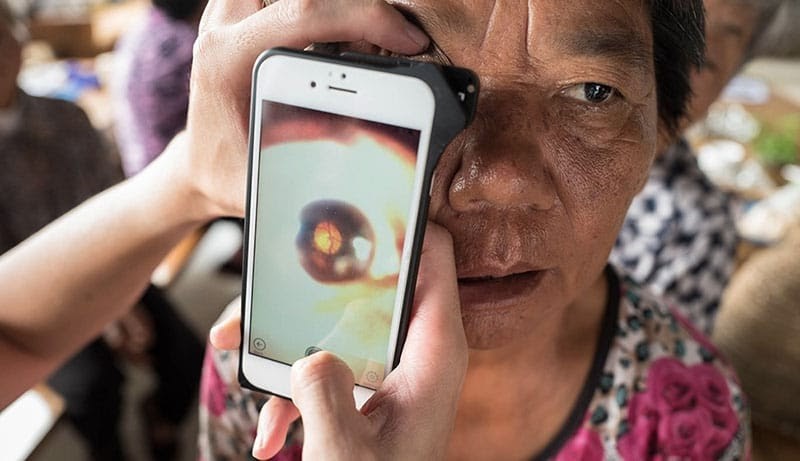The socio-economic analysis and the validation of the See Far solution include macroeconomic variables relevant to the EU context such as healthcare costs, welfare system costs, employment rate and competitiveness of the developed platform and gross domestic product (GDP). The analysis demonstrates how vision impairment can impact the direct cost to the health sector and the indirect costs of the loss of productivity in the…











